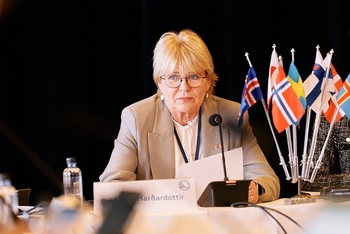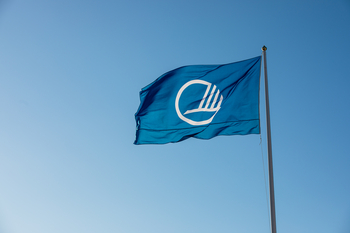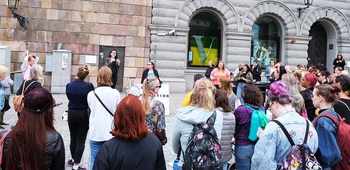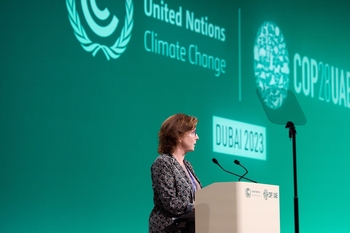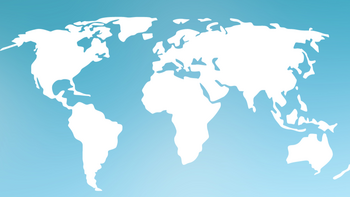New book: Politicians would benefit from acting in a more Nordic manner
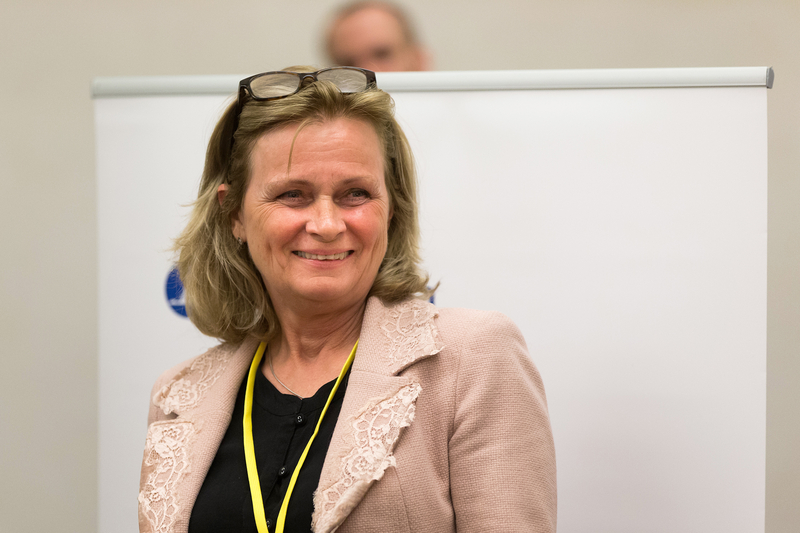
Just over a year ago, Nordic political co-operation developed strategic guidelines on the international branding of the Nordic countries. The strategy was anchored in diplomacy, business, and public and private organisations throughout the Nordic Region and internationally. The overwhelming realisation was that a region of 27 million people with an economy among the 10 to 12 largest in the world is stronger than these five small countries on their own.
A newly published book Nordic Voices – The Global Voice of the Nordic Region looks in more detail at the thinking behind the strategy in interviews with international giants such as Martti Ahtisaari, Gro Harlem Brundtland, and Jan Eliasson.
“The purpose of the international branding strategy for the Nordic Region was to clarify the Nordic countries’ joint contribution to good relations and good business with the rest of the world. The book describes, deepens and problematises this thinking further,” explains former head of the Communications Department, as well as interviewer and author of the book Bodil Tingsby.
Alongside the political heavyweights, Bodil has allowed Danish newcomer to the diplomatic arena, Christian Friis Bach, to be heard. He is following in the giants’ footsteps with a degree of caution, and says:
“Now more than ever we need the backing of classic Nordic values such as the equality of all people.”
Children of the Nordic Model
Other interviews in the book look at how some younger faces outside of diplomacy are promoting Nordic ideas about fairness, openness, and creativity, without really thinking about it. These include the Danish architect Bjarke Ingels, BIG, whose projects including World Trade Center 2 and Google’s headquarters are currently being built in the US. Then there are incomparable fashion designers from Greenland, the Faroe Islands, and Iceland such as Steinunn Sigurðadóttir in an exhibition of Gothenburg artists from the US and Austria, as well as the international research group of the Norwegian/Swedish nano researcher Maria Strømme in Uppsala.
“We can call these people the children of the Nordic Model,” Bodil says.
Superstar of the architect world Bjarke Ingels has this to say:
“We’re adding something to the world, but undoubtedly the world is adding something to us as well.”
Yet political ventures in the Nordic Region are also being challenged by globalisation and global crises – a trend which prompts peace prize winner Martti Ahtisaari to call for more Nordic values.
“It is not only others but also our own politicians who would now benefit from acting a little more Nordic.”
Tough challenges are nothing new for Nordic co-operation, and the voices in this book seem convinced that the Region is emerging stronger this time as well.
“What has been termed the Nordic Model is not what we are, but what we do,” says Secretary General of the Nordic Council of Ministers Dagfinn Høybråten.
The book is published in both Swedish and English by the Nordic Council of Ministers. It can be downloaded for free in Swedish here and in English version here, or it purchased for DKK 50.
